Art is bliss. People enjoy it, share it, and collect it. Not long ago, the art industry was a niche for the privileged, so ordinary folks were on the fringes of the art market. Nowadays, however, more and more people are eagerly becoming art collectors. Following such a tendency, lots of unprepared beginners start facing all sorts of problems related to collection management. Of all complications, art storage is arguably one of the gravest issues as of today.
If you start your collection without any background, you are most likely going to learn the basics by yourself unless you have someone to help you. Of course, it’s always better when you do all the necessary preparations beforehand, but in reality, you never know when your career takes off. Either way, it is just mandatory for every emerging art collector to know how to care for art.
Today, you have a fair chance to learn more about some essentials of caring for your art collection. No matter who you are and where you start from, the following ten tips will allow you to protect your precious belongings so that they won’t get damaged and thus won’t lose their value.
10 beginner tips to help you care for art
1. Pick the right place
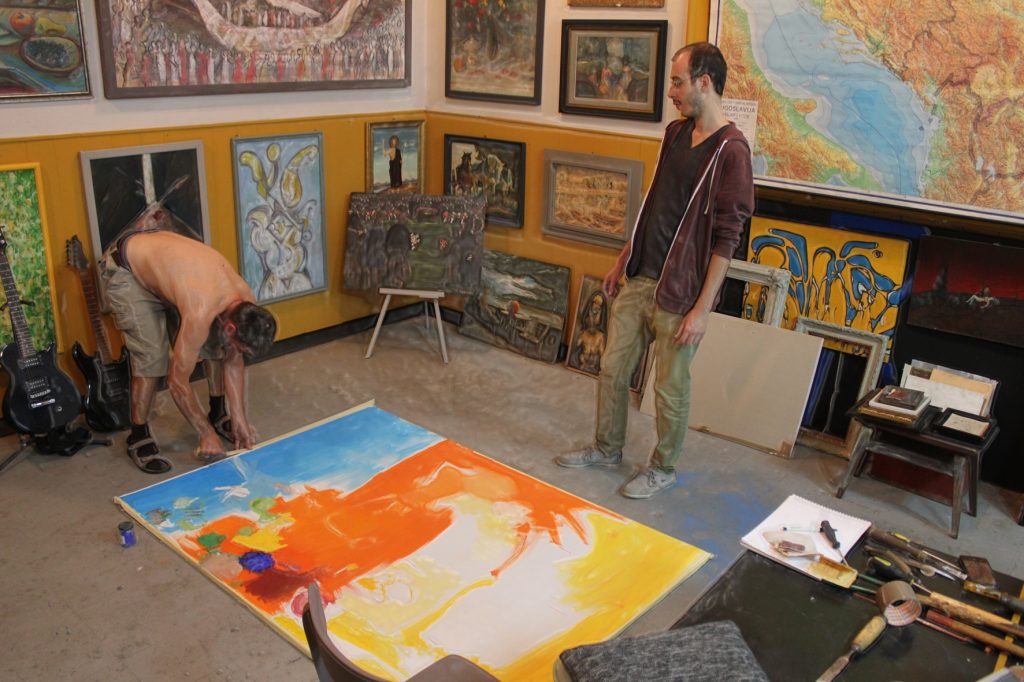
It is needless to say that the best way to protect your artworks is to eliminate all the factors inflicting damage. What it means is that you need to pick the right place for storing them. It’s not only sunlight or moisture that can damage your art pieces but also an elbow or a shoulder of a visitor who doesn’t expect something so valuable and delicate around the corner.
2. Secure wall hangings

The more you care about your art, the more reliable hanging hardware you should choose. At first glance, there is nothing easier than hanging a painting. However, as it turns out, many people overestimate their competence; consequently, an artwork ends up being seriously damaged because it wasn’t hung appropriately. If you are unsure about your own skills, it’s better to hire professional art hangers than to put yourself and your art at risk.
3. Work only with professional art restorers
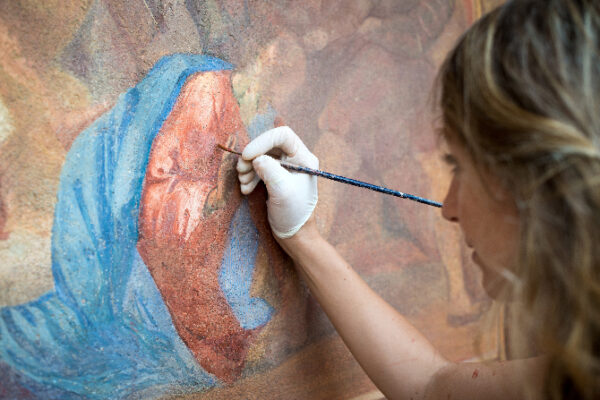
Unfortunately, even the most meticulous preparation cannot save you from all the risks and mishaps. Accidents happen, and you have to be prepared for them as well. When your artwork is damaged, but there is still hope that not everything is lost, you have to turn to professional restorers who are qualified to make your items shine again.
Keep in mind that if your need to repair a high-dollar artwork or priceless antique, it’s better to hire experienced restorers rather than amateurs. You can visit russianicon.com to learn more about restoration services and different types of restoration works.
4. Avoid direct sunlight

When it comes to natural conditions, direct sunlight is probably one of the deadliest foes of your artworks. Not only do colors bleach, but the surface degrades as well. It doesn’t mean, though, that you have to store your art in the darkness. Take time to figure out where it would be best to hang a painting so that it has enough light and yet doesn’t suffer from sunrays. As an alternative, you can use UV-protected glass if needed.
5. Don’t forget about moisture

Moisture is another enemy of your art. As well as sunlight, it adversely influences the surface and overall quality of an item. That’s why you have to provide adequate ventilation of the room where you plan to store your collection. Also, you should consider framing your artworks, as frames can help you keep moisture out of your paintings.
6. Dust your art
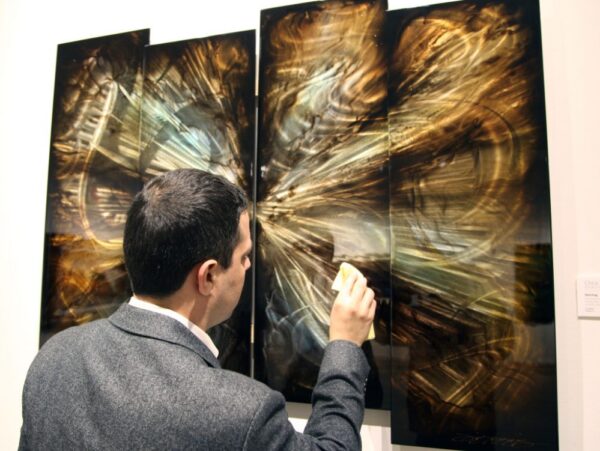
If you care about art, dusting must be included in the list of your daily routines and activities. Everything you need to remember is what kind of material is suitable for cleaning. For example, it is recommended that you use a soft white rag for both artworks with fragile or delicate surfaces and framed ones. As an owner of an art collection, you should prevent dust buildup by making sure everything looks neat and clean.
7. Avoid chemicals when cleaning
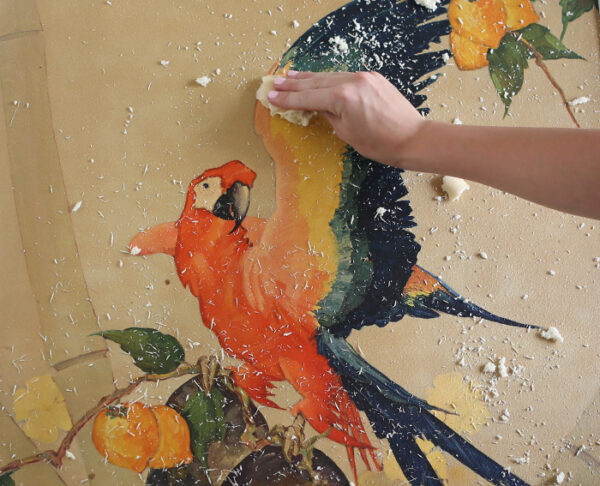
You must have seen the episode where Mr. Bean destroys America’s greatest painting by trying to clean it with the lacquer thinner. That is a perfect example of what happens when you use chemicals. Water and cleaning products will only worsen the situation, so you must forget about them when it comes to cleaning and caring for art.
8. Test for damp

Every art collector should know how to spot signs of damp walls and damp artworks in particular. Distinctive brown marks on the back of a painting are the most common red flags, meaning that there are certain damp problems in your home. It is better if you remove your pieces and place them in a drier place for a while.
9. Take care of the transport
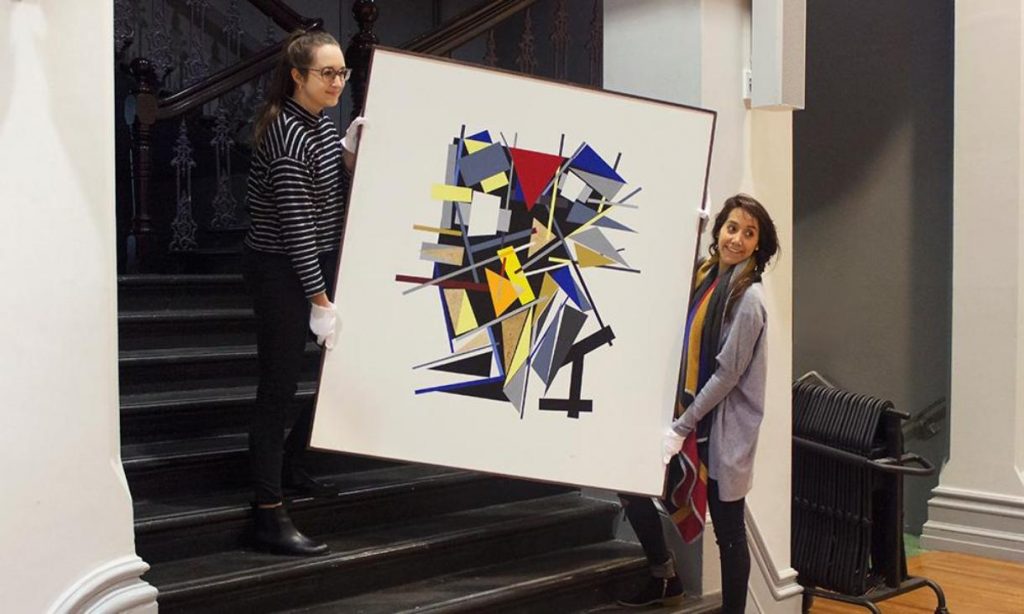
When you ship your art to another place, you will face the same transport dilemma time after time. There are two options: either you do it by yourself, or you hire professional art shippers. It is needless to say that a climate-controlled truck operated by expert art handlers is a much safer option as compared to the first one.
10. Insure your art

As they say, if you pay cheaply, you pay dearly. These days, not buying art insurance should be considered a crime. Not only is it always cost-effective, but it also protects your art from theft and damage. When you appraise and insure your artworks, you greatly minimize risks, putting yourself in a better position.
Informed means armed!
With these tips in mind, you will be able to protect the integrity and value of your belongings most successfully. The more you know, the better you are at managing your art collection.
Hopefully, these tips will come in handy when you decide to purchase your first artwork. In case you are already a collector, this knowledge will greatly add to your awareness, which will certainly save you lots of time, money, and effort.



















